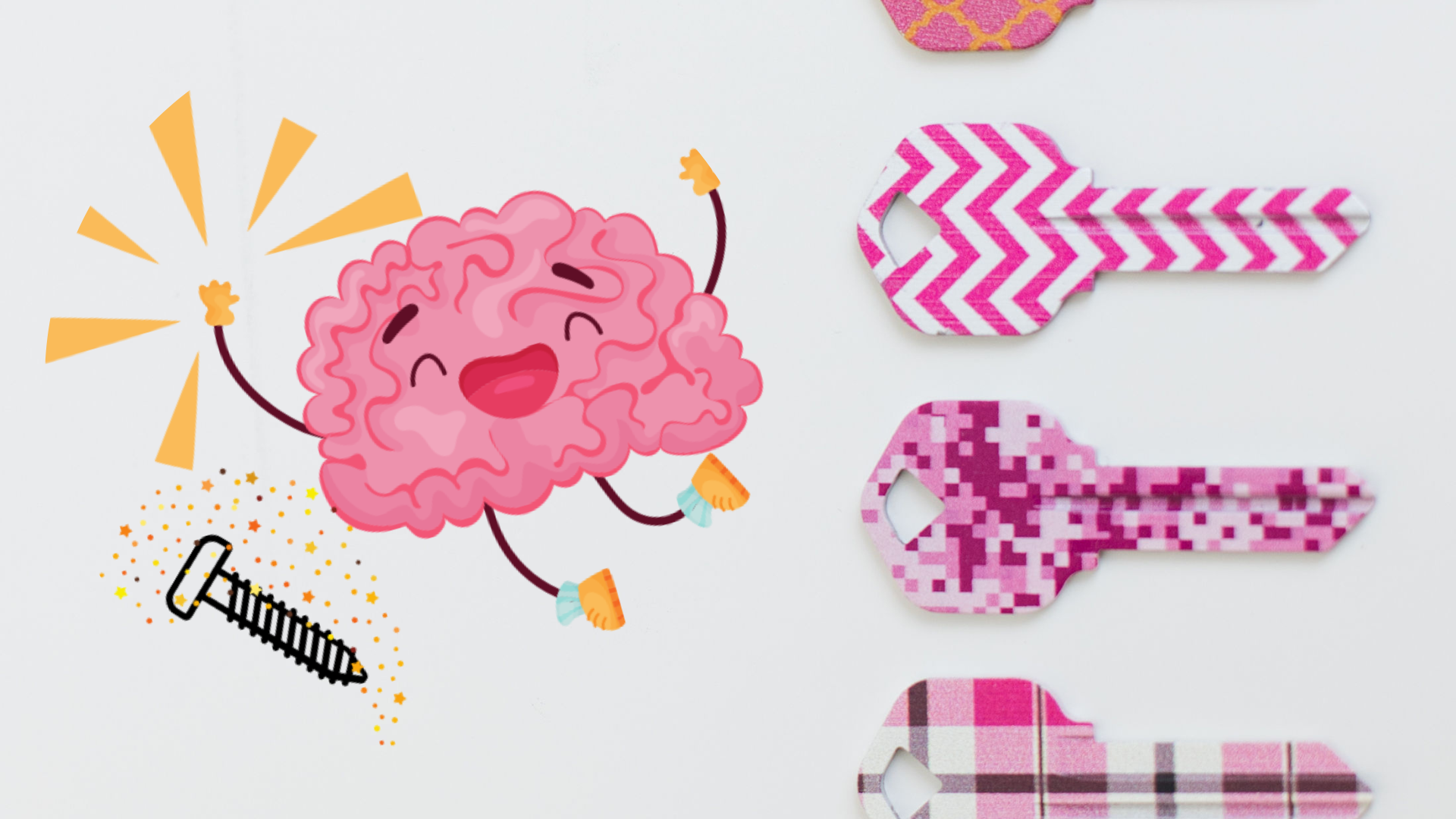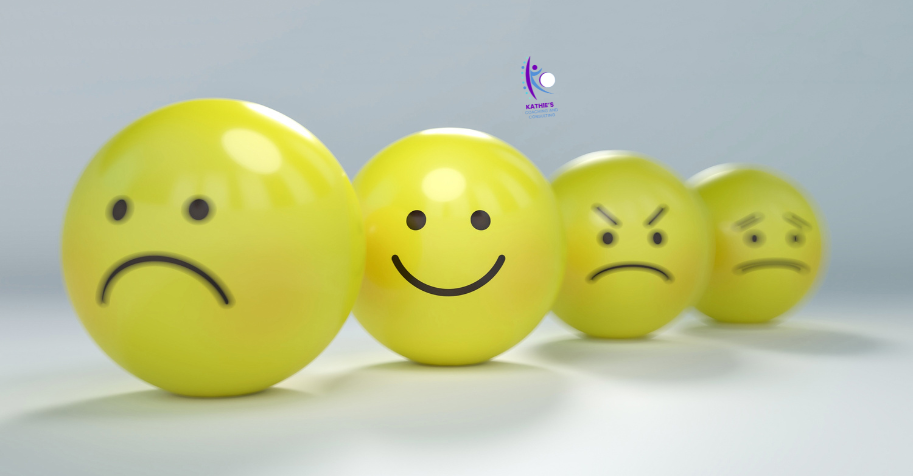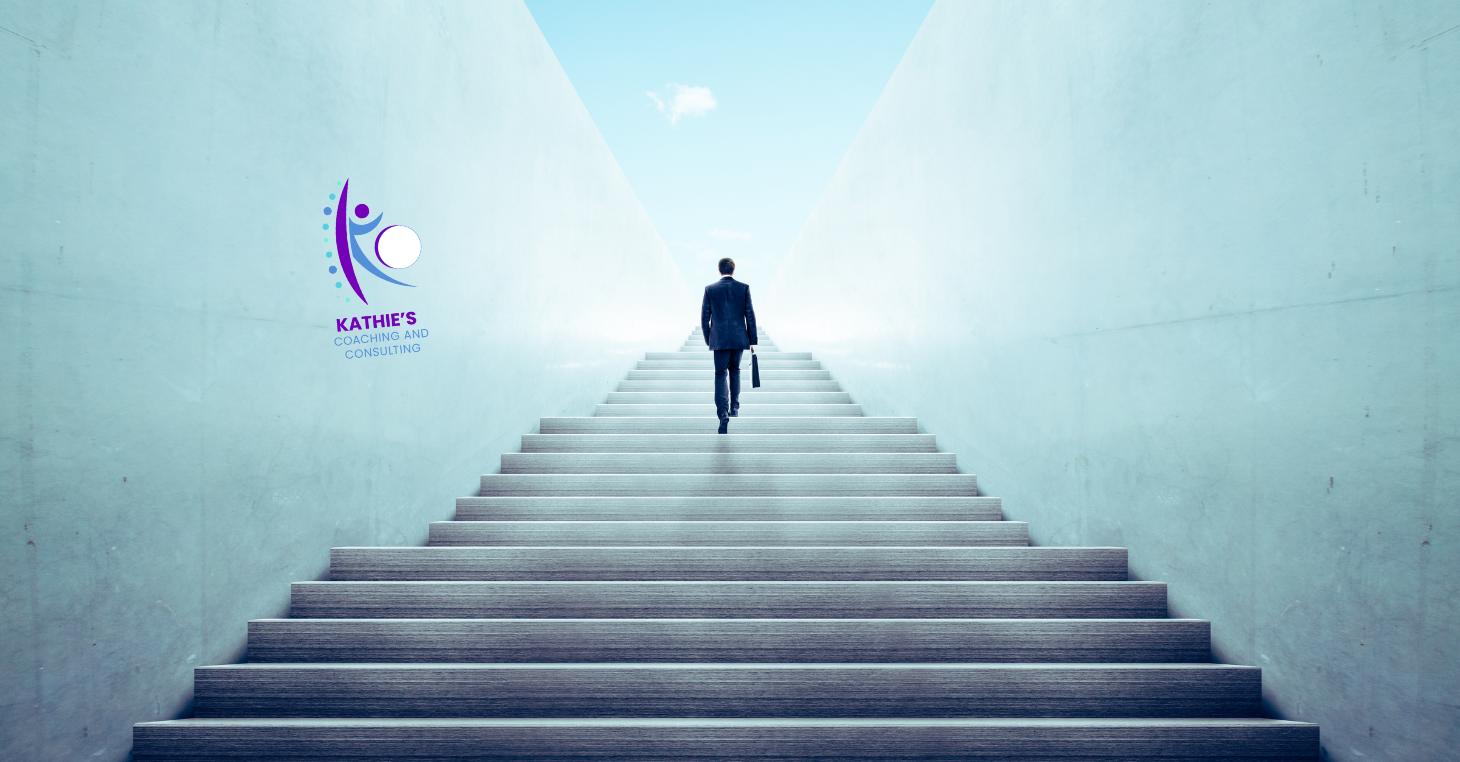Psycho-Cybernetics Holds The Key
Article Summary
Kathie writes a summary of the book Psycho-cybernetics by Maxwell Maltz. Kathie wrote a paper on this book while in college in the 1980’s. Today, this book is the cornerstone of Stop the Mind Screw Process that Kathie teaches.
It is the reason books like A New Earth and Reality Transurfing sound so familiar.
Included in this post are 2 videps, 2 podcast episodes, and the entire article.
Thank you for spending part of your day with us. If you know someone who would enjoy this article consider using the share buttons to the side.
I was a Junior in college in 1987. My psychology course of the semester had a term paper due soon. I had to write about a self-help book. And the book I picked was the original text of Psycho-cybernetics. Today this book is considered one of the world's classic self-help books.
Little did I know that book would be the landmark item and the origin story of Stop the Mind Screw.
My dad was a college math professor. And not just any college math professor but one who taught Ph.D. Mathematics. My father had a Ph.D. in Math. And to get a Ph.D. in Math you need to prove a theory no one else has proven.
As a math professor of graduate math, my dad graded those papers and promoted those with PhDs in math!
So it’s no wonder he would come to me and question my degree in Psychology. “After all,” he said, “What can you do with a degree in psychology?”
I understood his logic. I mean look where he came from and look at my non-existent math skills. I could do complicated math but adding and multiplying skipped right over my head, And it still does!
To bond with my oh-so-intelligent father I learned to love sports - especially baseball, and fishing.
And for people skills and understanding of human behavior, thank goodness I have a degree in Psychology. And I use that degree every single day.
And that paper I did was a book summary of Psycho-Cybernetics. Oh, how I wish I still had that paper.
But I know that knowledge crept into my subconscious. Why? Because after listening to and reading the book today, some 30 years later I know that is the origin story of Stop the Mind Screw. It had become a mental practice that I started some many years ago.
Stop the Mind Screw
When it comes to mind screwing yourself out of happiness, positive thinking, and new insight in life and figuring out how to calm that nervous system, I am going to turn to the book. And give you a psycho-cybernetics summary in today's terms!
The answer exists now. Eckhart Tolle teaches us this in his book The Power of Now.
When it comes to problem-solving, new ideas, or the answer to a problem, we must assume that the answer exists in the now. And set out to find it.
For those of you who aren’t familiar with the author, Maxwell Maltz (1889–1975) was an American plastic surgeon and author.
By combining his daily work experiences as a surgeon with profound studies of human psychology, Maltz came to the conclusion that our self-image is the cornerstone of our mental state, and therefore of all the successes and failures that happen in our lives as a result.
The book became his best seller. Published in 1960, is considered one of the best books in the self-help category, and one of the psychology masterpieces that paved the way for most of today’s personal empowerment programs.
Here are several tips and suggestions that I learned from the book. Oh, how I wish I could find that paper from 1987. I just know it holds the key to the reason why A New Earth and Reality Transurfing sounded so dang familiar!!
Self Image
The book starts with the concept that everyone has a specific “mental portrait" This portrait defines us, it contains our belief systems about life.
The negative beliefs and false beliefs stem from here because of our brain's negativity bias. This is not a helpful mental image.
That mental portrait is the result of our past experiences, successes, failures, feelings, and behaviors. As a result, this image represents a foundation on which we build our personality.
The human brain has what is called a negativity bias. These past experiences define the individual in a negative way. Negativity bias occurs even when adverse events and positive events are of the same magnitude, meaning we feel negative events more intensely. This is a bad habit!
When we cling to that negativity bias we end up behaving in a way that's not in alignment with who we really are.
This mental blueprint can be overcome and that is what this book is all about!
We have to construct a new self-image. A positive self-image
What we fail to understand is that every one of us was born for success; every human being has that internal greatness that is just waiting to be unleashed; and before you go further, here’s a reminder: YOU are THAT human being.
Inside of you, regardless of the opinion you have of yourself, lies the ability to be happy and successful in everything you put your mind to. In this exact moment, you have the opportunity to do things you’ve always dreamed of doing, and that opportunity becomes available as soon as you “dehypnotize” yourself from thoughts like “I can’t”, “I’m not skilled enough”, “I don’t deserve it” and the like.
Imagination is key. I really love this part. It sounds so much like Neville Goddard. Our human mind is a powerful tool and creative imagination is the very best way to create automatic positive responses.
So, how do we actually reach a new way of thinking about ourselves? According to Maltz, the answer lies in imagination: just like at times (or most of the time, or at all times) we think of ourselves as incompetent, lazy, or boring. We can create a new, creative mental impression, behaving and acting “as if”.
The thing to point out is that our brain doesn’t distinguish between imagination and reality; instead, it acts based on the information we send through our thoughts.
Thus, we can imagine a new version of ourselves through our attitude and interpretation of various situations, “describing” the new paradigm to our brain which, in turn, will find a way to make that image come to fruition. This is exactly what we do when we do as Neville teaches us by picturing ourselves from the end.
However, to reach that new level, we must have a clear picture of the person we want to be. By regularly checking in on that mental picture, we make sure that every effort we make will be directed toward that goal, therefore enhancing its power. I do this all the time in my Think Big journal in Notion. It is one of the most empowering habits I have.
Watch Part 1of 2 Here:
Listen to Part 1 of 2 Here:
Watch Part 2 Here!
Listen to part 2 here!
Success mechanism
Let your success mechanism do the work.
Here’s the thing: as humans, we’re all born with an innate creative mechanism in ourselves, and although we often decide to ignore it to the benefit of the conscious part of our brain, it remains there.
What Maxwell suggests is that, once you get very very clear about the problem that you intend to solve, you should completely clean up your mind from any worry, expectation and anxiety related to the potential end result. Exactly, you should let your subconscious mind do the work.
So the process looks pretty much like this:
Think intensively about the problem. Gather all the information you need, consider possible deviations, and, last but certainly not least, have a burning desire to solve it;
After having defined the problem and what the finish line looks like, drop any thought related to it for a couple of days or even more;
More often than not, after coming back to the problem, you’ll find out that the solution presented itself in some way.
As Maltz explains, the creative mechanism works best when our conscious mind is less involved. Therefore don’t be surprised if your best ideas come up when you’re doing something totally unrelated to the problem you’re facing. It’s just your brain that, once received the proper stimuli, starts to work relentlessly on its solution, regardless of whether you’re conscious about it or not.
Be happy.
“Well, I guess I’ll be happy when I pay off my mortgage”
“I'll be happy when things get back to normal and I can travel again."
“I’ll be happy when the semester is over”
“I ll be happy when I fall in love”
Does any of these sound familiar to you? Most of us tend to postpone our happiness because of external circumstances. This is a bad habit!
I remember during the pandemic so many were absorbed in fears and false beliefs and waiting for a better life to come when things got back to normal. What is normal anyways? Those were just automatic responses to the negative feedback and only created emotional walls and emotional scars that did not help them at all!
Well, guess what? Life is not tomorrow, life has to be lived today (and, by the way, there will never be a better time to be happy than the present moment); happiness is a habit, and if you don’t practice it today you’ll never experience it later on.
Life is all about problems; if you want to be happy, you have to learn to smile despite problems, and you shouldn’t do it just because there’s a reward awaiting you on the other side or because something good already happened to you.
Being happy is the first step in order to making everyone else around you happy. If you don’t put yourself first, how can you take care of other important people in your life? This is why the airplane directions tell you to put your oxygen mask on first before helping children or others.
Obviously, we can’t be happy all the time, but we certainly can be happy most of the time, and that positive mental state, as formerly outlined, can only be reached through practice and actually could be one of today's personal empowerment programs.
Accustom yourself to act in a proactive way against challenges, always maintaining a clear and positive picture of the end result in mind, and watch results follow.
Personal guide for success.
Dr. Maltz referred to this as a personal guide for success:
Sense of direction → As Albert Einstein once said, “People are like bicycles. They can keep balance only as long as they keep moving”. Indeed, we’re always looking for new accomplishments, always driven by the desire of achieving and becoming something more than what we currently have. That’s why having goals and dreams constitute a prerequisite for reaching success.
Comprehension → Understanding people’s problems and aspirations, emphasizing their feelings and emotions, even admitting our mistakes and shortcomings and finding a way to correct them; are all great social skills to possess;
Courage → As written in the book, every problem seems smaller if it’s faced promptly. Do not be afraid to take on new and scary challenges, as they will only make you stronger, regardless of whether you achieve them.
Charity → Successful people always take into consideration the benefit of others, because they know that everyone is a son of God and a unique individual that deserves dignity and respect. One way to be respectful, in that regard, is to avoid hate and angst toward others, which means being impartial in our judgments and taking time to stop and consider other people’s feelings, emotions and necessities.
Esteem → Doubting yourself is a poison that jeopardizes your well-being and your relationships with the outside world. Remember that you’re a divine creation, and as such, you deserve to be appreciated as much as anybody else. So do yourself a favor, and stop considering yourself a loser or a victim; you’re way better than that.
Self-Confidence → Confidence is built upon success, and if you’re able to remember past successes in your life, you’ll naturally feel more sure in your ability to replicate them in the future. It doesn’t even matter how many times you’ve failed in the past; what matters is how many times you tried to be successful at something, and on that you should concentrate all of your thoughts. As Thomas Edison put it:“I’ve not failed 10,000 times. I’ve not failed once. I’ve succeeded in proving that those 10,000 ways won’t work.”
Self-Assurance → This all comes back to creating a more accurate image of your own self, which doesn’t mean trying to be somebody else, but simply accepting yourself as you are: an imperfect, always-changing, and worthy person. By the way, no one is perfect, and those who pretend to be are just fooling themselves.
Failure
Failure key points:
Just like the success mechanism needs to be explained, so as to understand what needs to be in place for us to succeed in life, so does the failure mechanism, represented by different symptoms which have to be avoided altogether if we are to live a fulfilling and positive life. These symptoms are:
Frustration → Disappointments and humiliations will come; we should learn to embrace them without being too cruel to ourselves and our self esteem. It’s only when we let a temporary failure define our emotional state for too long that we become victims, therefore failing in the quest to become the best version of ourselves possible.
Aggressiveness → Misdirected aggressiveness follows disappointment. It’s important, however, to point out the difference between positive aggressiveness, which disguised as pure determination allows you to fearlessly tackle your goals and challenges in life, and the negative aggressiveness, which looks just like frustration and will never lead to positive outcomes.
Insecurity → Insecurity refers to the always-present thought of not being enough for something greater; not being good-looking enough for a girl, not having enough money to quit your day job, or not being healthy enough for starting an exercise routine (I mean, come on!).
However you see it, insecurity is just a mental block that we can both create and break with our own hands (or thoughts); oftentimes, though, it is just enough to stop us from achieving our fullest potential.
Loneliness → Each one of us gets (or feels) lonely at times, but we shouldn’t be lonely on purpose.
A life lived with others is by far one of the greatest pleasures life itself has to offer, and mingling with people can make us more interesting, and less anxious and it also provides a great opportunity to understand various types of individuals, giving us a better understanding of human perspectives and attributes as a result.
Uncertainty → Uncertainty relates to being fearful of making mistakes. Making mistakes and adjusting course is what life is all about; if you never make mistakes, that means that you’re not even trying to do something worth doing.
Resentment → Beside being the worst company for those around them, the individual that constantly harbors bitterness and grief toward others also loves the victim game: she’s used to blame everybody and everything around her when times get tough.
Resentment comes from within, and it is just a result of our reaction to something that happens on the outside. Expecting something from others is never the answer to a satisfying life; finding joy in yourself through personal discovery and development is.
Emptiness → Someone who is not able to enjoy life anymore. This mental state, however, can be overcome through goal-setting practices. The individual that is morally, mentally, and physically committed to something is not even concerned about internal emptiness. He wisely chooses his battles and always strives to give his best.
Your mind is the most valuable asset you have.
A crisis is a situation that can either build or break you. That’s when the mind, by far the most important gift we possess as humans, can help us the most. This is why I simply could not relate to the term toxic positivity.
No matter what situation we’re ever going to find ourselves in, we can accept the challenge, show up, and commit to the end result. You know the one we pictured in the beginning.
If you make it a habit of constantly reminding yourself of the direction you’re going toward, and see it vividly, as an already-reached objective, it is at that point that you’ll fully unleash feelings of self-confidence and conviction in your means that will lead, sooner or later, to a positive outcome.
I can remember so many times that I maintained a positive attitude despite what was going on in my world. And I had many things go wrong along the way. I can't help but wonder if the me of 1987 was storing up that knowledge for future use.
That paper I wrote? I got an A+. And I remember it so vividly!! Oh, how I wish I still had that paper.





















High-level executives often hire multiple specialists—sleep coaches, therapists, trainers—but conflicting advice creates chaos. The solution? A performance quarterback who coordinates all experts into one aligned system. Real results: better sleep, lower stress, 40% performance boost. #ExecutivePerformance #LeadershipAlignment #HighPerformance #ExecutiveCoaching #POWERProtocol #PeakPerformance #ExecutiveWellness